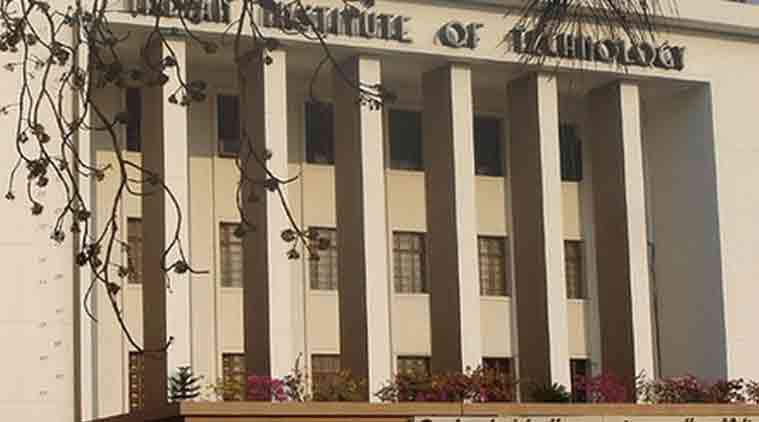- India
- International
Second list helped IITs fill up to 858 vacant seats
This was the first time that cut-off marks were revised after results were declared. The unprecedented decision was taken after directions by the Centre in the wake of concerns that the first merit list did not have enough candidates to fill all 11, 279 seats.
 This year, after seven rounds of counselling, roughly 120 seats were unoccupied (File Photo)
This year, after seven rounds of counselling, roughly 120 seats were unoccupied (File Photo)
As many as 858 BTech seats across 23 IITs could have gone vacant this year had the premier institutes not released an extended merit list for admission, information obtained by The Sunday Express under the Right to Information Act has shown.
On June 14, IIT-Kanpur — the organising institute for JEE-Advanced this year — diluted the aggregate cut-off score by ten percentage points to expand the pool of qualified candidates. The extended merit list had 13,850 students (8,961 general, 771 SC, 293 ST and 3,825 OBC) in addition to the list released on June 10 that had 18,138. In response to an RTI application, IIT-Kanpur said that of the 13,850 candidates in the extended merit list, 858 secured admission in different undergraduate programmes across 23 IITs.
This was the first time that cut-off marks were revised after results were declared. The unprecedented decision was taken after directions by the Centre in the wake of concerns that the first merit list did not have enough candidates to fill all 11, 279 seats.
Read | India doubles presence in QS Asia Rankings
The Indian Express, on June 11, had reported that when the IIT-JEE was renamed JEE-Advanced and the eligibility criteria for the entrance test tweaked, the number of candidates who qualified had always been at least twice the number of seats on offer. But, the 18,138 students (in the list announced on June 10) were only 1.6 times the total seats, making it the smallest number of qualified candidates since 2012.
Of the 858 students who secured admission after the extended list, 156 were from the general category, 34 from the Scheduled Tribe (ST) category and 658 from Other Backward Classes (OBC).

According to a member of the Joint Admission Board of the IITs, who requested anonymity, at least 200 seats and as many as 858 could have been left unoccupied had the IITs not revised the aggregate cut-off score. This would have probably been the highest number of vacant IIT seats ever.
“The court permits us to convert unfilled OBC seats to general category. If the IITs were to admit students only through the first list, then the 658 OBC seats, which were otherwise taken up by OBC candidates in the extended list, would have been converted to general,” said the Joint Admission Board member.
“Obviously, some of the converted seats in popular programmes would have found takers among general candidates in the first list. However, even after that, the number of vacancies would have been large. It will be safe to assume that at least 200 seats (filled by 156 general and 34 ST candidates in the extended list) and at most 858 seats would have fallen vacant.”
This year, after seven rounds of counselling, roughly 120 seats were unoccupied with the most in IIT-BHU (41) followed by IIT-Dhanbad (24) and IIT-Jodhpur (15).
Apr 19: Latest News
- 01
- 02
- 03
- 04
- 05







































